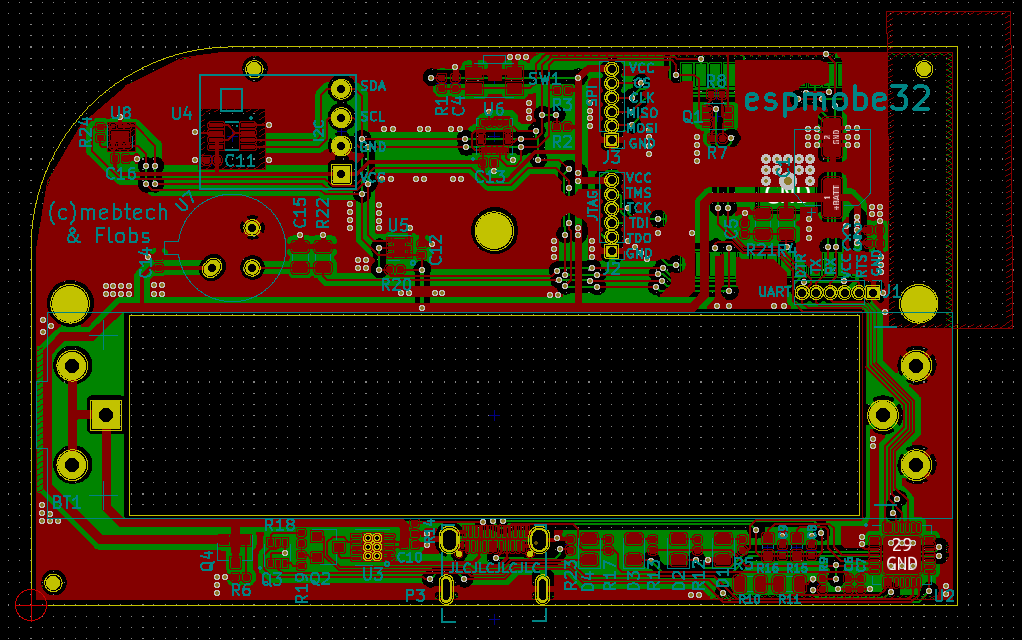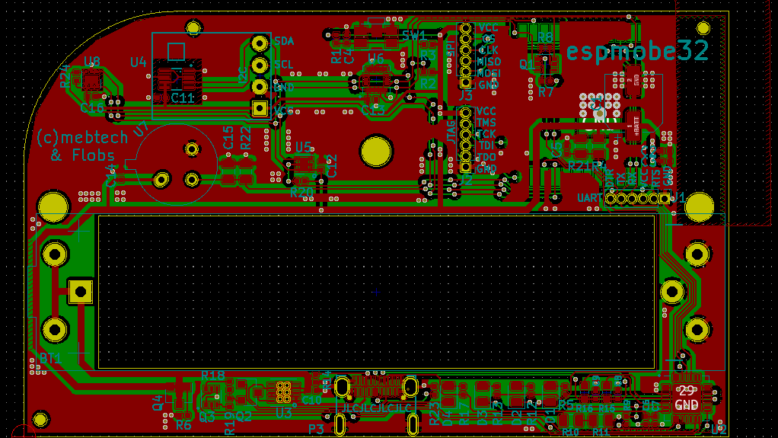Long time, no see! Some years ago, I started a project to develop some low power environmental sensors. But for different reasons, the project was on hold obviously.
There were a few working prototypes but not time for further development.
But good news: Together with my brother we revisited the project in our winter vacations and took advantage of new components that are available nowadays.
In detail: we now use an ESP32 instead of the ESP8266 and were able to ditch the additional AVR. The job of the AVR is now done by the inbuilt ULP (ultra low power) co-processor of the ESP32! We use the knowledge @derflob hat gathered with his soil monitor sensors (see https://blog.m3k.cc/2021/01/ultra-low-power-soil-monitor/ ).
Also, we settled down to a 18650 LiFePO4 battery. With its maximal voltage of 3.6V it is a perfect fit for the ESP32 to use without an additional LDO. They are now available with real 1800 mAh.
We also integrated an USB-C charging port and an USB to serial chip.
There are sensors for humidity and pressure (BME280 as before) and a better sensor for temperature (TMP117). Also the light sensor was updated to an OPT3001. For PIR sensor we use the EKMA and the successor EKMB as there are no other reliable and easy to use low power PIRs
And for the sake of “why not?” there is also an accelerometer (KX023-1025).
Here is a first glimpse of the pcb (the big void is for the battery) and prototypes are already ordered!
And it gets a new name: espmobe32
We will keep you updated!


Hi there
Nice project. Have you published the schematic and Gerber files somewhere? If not, woul dyou be willing to share them with me?
Kind regards
Neil
Hello Neil, you can find the KiCad project here: https://cgit.derflob.de/KiCad/espmobe32.git/
Hello!
Looks like the KiCad link is dead, could we get a working link, please?
Kind regards!
Hello Mordeth, sorry for the broken links. I’ll be moving the repositories from self-hosted to Codeberg.org. Here is the current state. https://codeberg.org/derflob/KiCad-espmobe32
Hi,
Do you have units for sale?
Sorry, we do not sell them. Unfortunately, that would mean too much effort and investment beforehand, to be reasonable for us. You are free to use the schematics and code to make your own though.